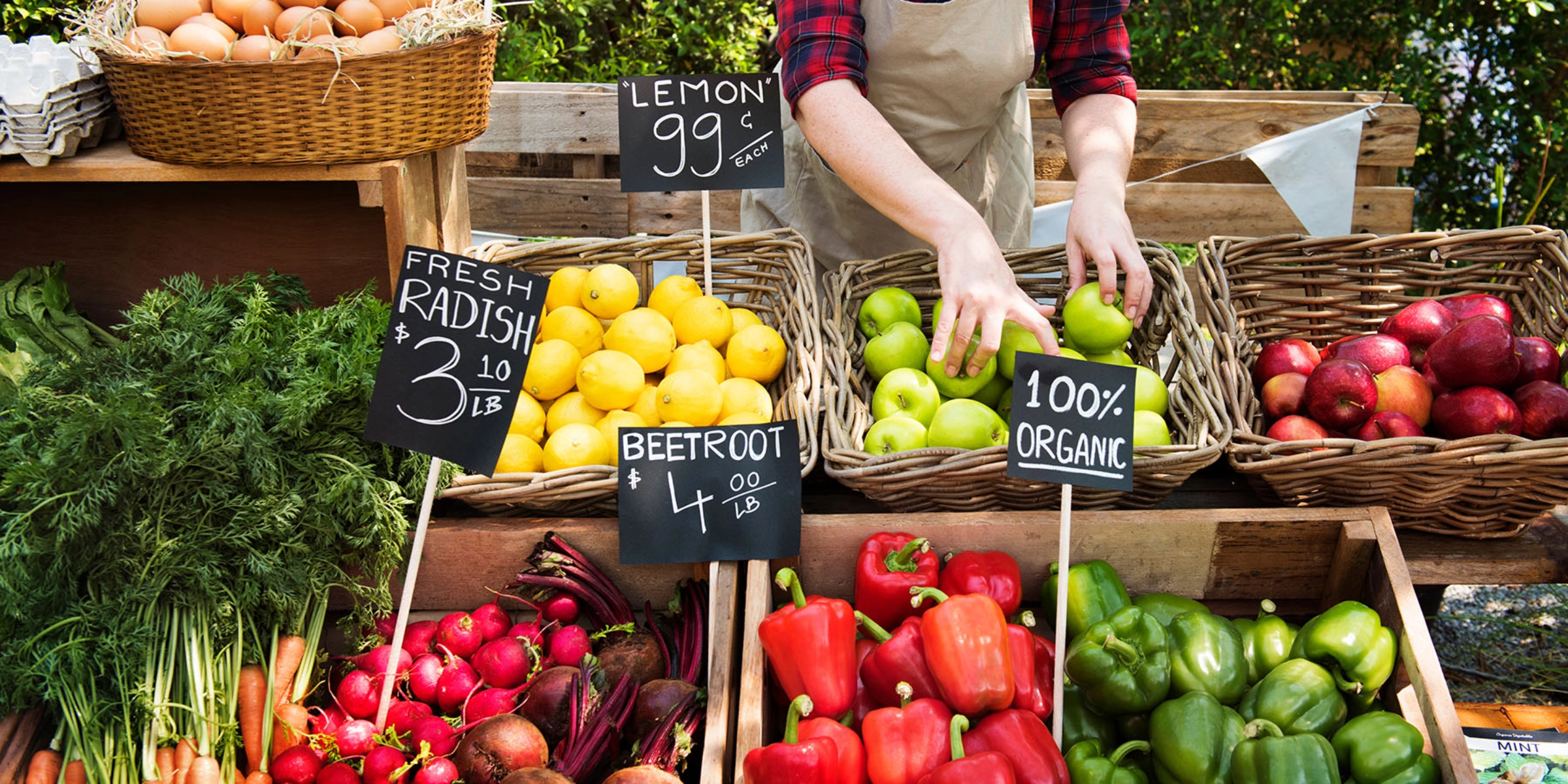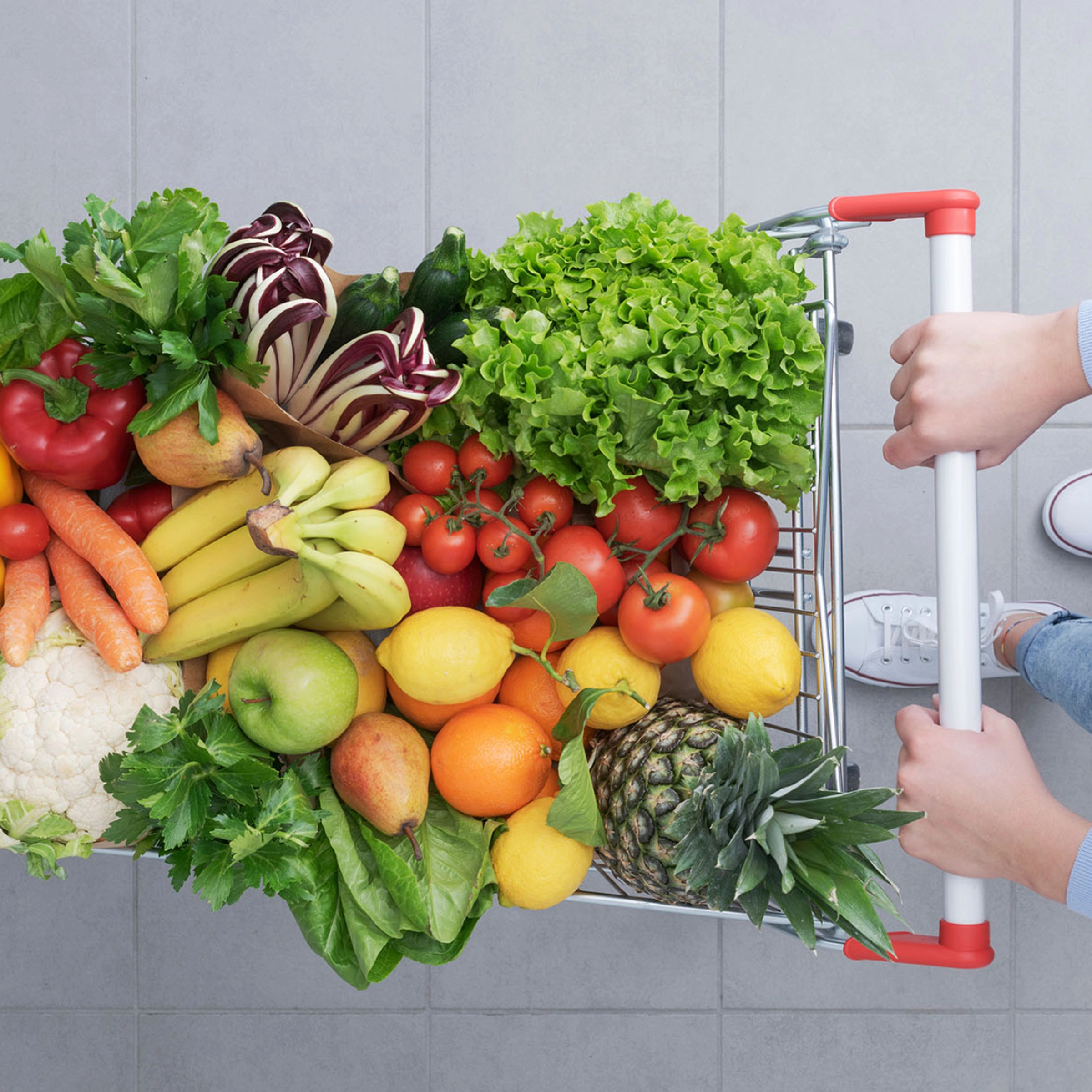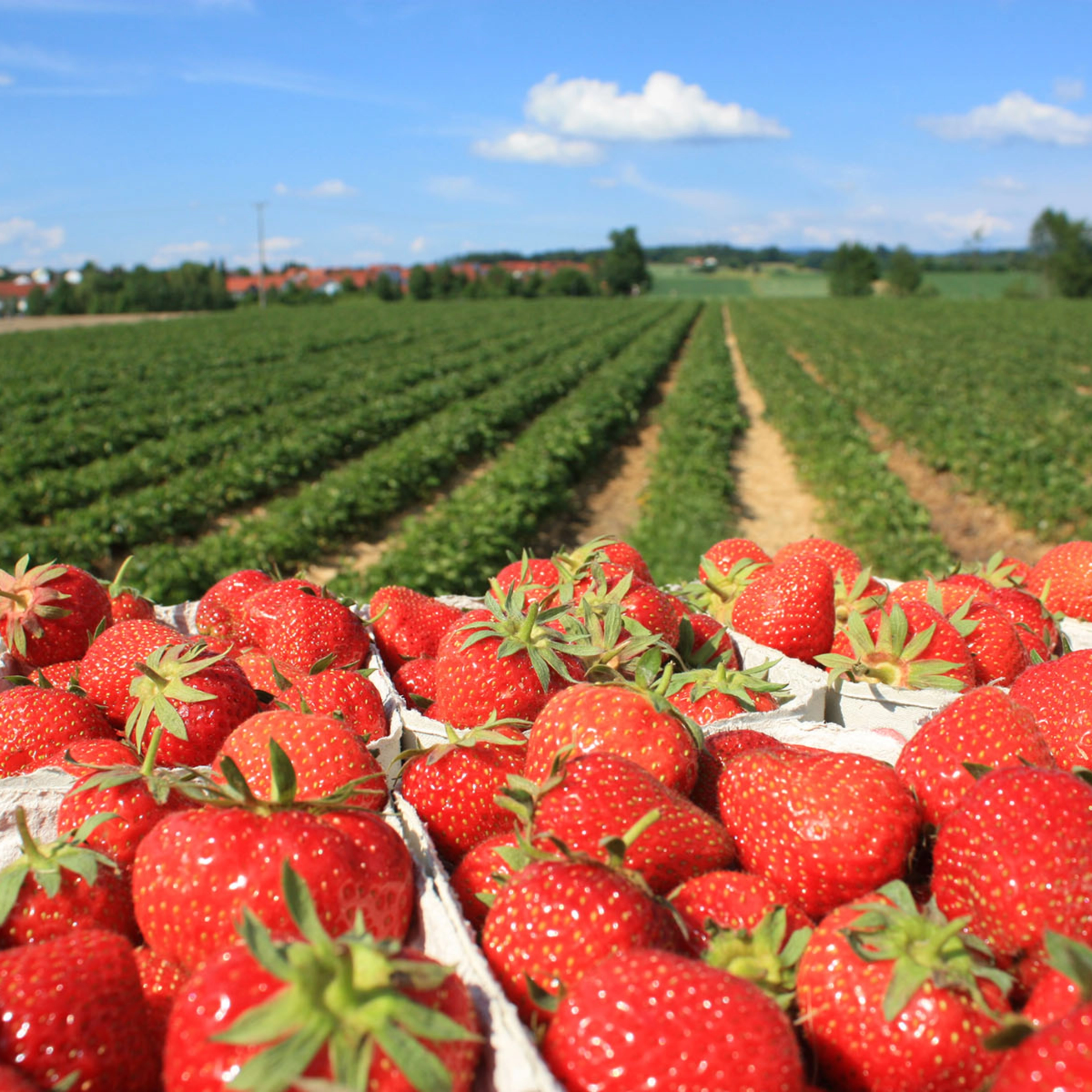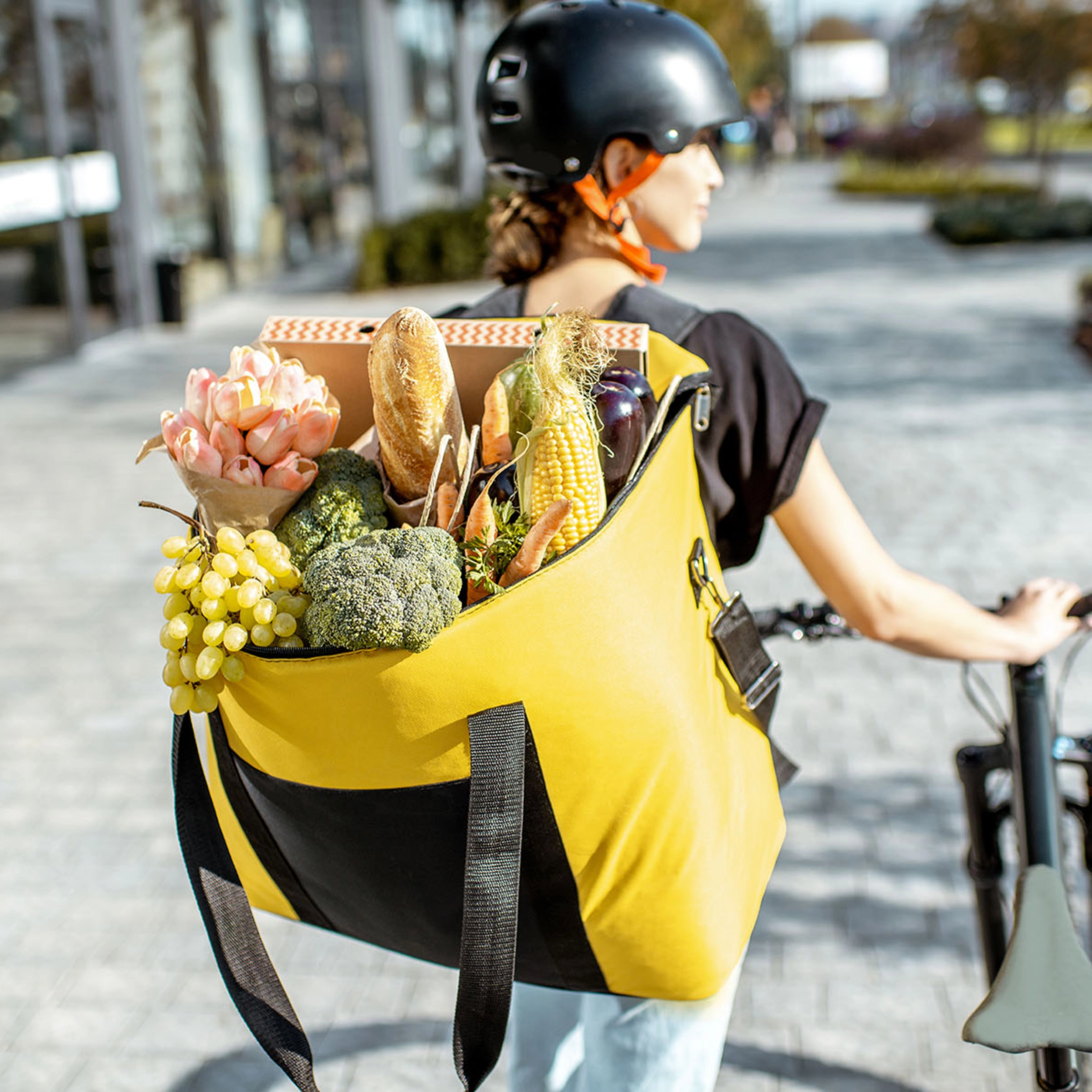Climate-friendly cooking

The effects of climate change are becoming increasingly clear. One way we can contribute to our environment is climate-friendly cooking. But what does that actually mean? Climate-friendly cooking is all about changing our cooking habits to reduce greenhouse gas emissions and thus minimize environmental impact. The following 10 tips for climate-friendly cooking will help you create a sustainable kitchen that not only protects the environment but often saves money as well.
Climate-friendly cooking: 10 tips for climate-friendly recipes

Tip 1:
Use seasonal and regional foods
By purchasing seasonal and regional foods, you not only support the local economy and the environment, but also receive fresh, high-quality products at a fair price.
Often, choosing seasonal and regional products can also save you money. They are generally cheaper than imported products, as there are no high transport fees and no additional import costs involved.

Tip 2:
Avoid food waste
How to avoid food waste:
- Consciously buy only as much as you actually need.
- Proper food storage can help food stay fresh longer.
- Leftover meals can be used for other dishes.
- If you have cooked too much, you can freeze the food and consume it later.
- There are now numerous apps that help avoid food waste, such as Too Good To Go, Olio or EteSync.

Tip 3:
Choose climate-friendly meat and milk alternatives
Climate-friendly meat and milk alternatives help to reduce environmental impact, conserve resources, improve animal welfare, and support personal health.
3 climate-friendly meat alternatives:
- Tofu
- Seitan
- Lupin products
3 climate-friendly milk alternatives:
- Oat milk
- Almond milk
- Soy milk
3 climate-friendly cheese alternatives:
- Cashew cheese
- Almond cheese
- Oat cheese

Tip 4:
Use natural and sustainable ingredients
By using natural and sustainable ingredients, some negative impacts on our environment can be reduced. For example, the production of processed foods is often associated with high greenhouse gas emissions, significant water consumption, and the use of chemicals. In contrast, sustainably produced ingredients often have a lower environmental impact and are thus better for the climate. Additionally, we can reduce the CO2 footprint associated with transportation and support the local economy by focusing on local and seasonal ingredients.

Tip 5:
Avoid ready-made products
Finished products are often manufactured using energy and water to process and package the raw materials. Additionally, they often need to travel long distances to be transported to the point of sale, which causes additional greenhouse gas emissions.
Tip 6:
Use energy-efficient kitchen appliances
Energy-efficient kitchen appliances consume less energy than conventional appliances, which not only saves costs but also reduces environmental impact. By using energy-efficient kitchen appliances, you can save both money and energy, thus maintaining a more sustainable lifestyle.

Tip 7:
Choose climate-friendly transport options for food
Choosing climate-friendly transportation options can help reduce environmental impact and minimize your CO2 footprint:
- Prefer regional and seasonal food
- Choose sustainable delivery options when ordering food.
- Use your bicycle or public transportation for smaller purchases.
- For larger purchases, carpooling can be beneficial.
- Avoid air freight transport, as this causes very high greenhouse gas emissions compared to other means of transport.

Tip 8:
Use organic and Fairtrade food
Organic and Fairtrade foods are better for the environment because they are grown and produced sustainably. By avoiding synthetic pesticides and fertilizers in organic farming, soil quality is improved and biodiversity is promoted. Fairtrade products also support fair wages and fair working conditions for producers and workers.
Tip 9:
Learn about the carbon footprint of food
There are various sources to find information on the carbon footprint of food. Here are several options:
- Lebensmittelampel
- Apps, such as Code-Check
- Labels and certifications, such as Bio-, Fairtrade- and MSC-Siegel
- There are various websites and databases which provide information on environmental impacts of food, such as the Eaternity Institute or the database Open Food Facts.

Tip 10:
Support local farmers and producers
This is how you can support local farmers and producers:
- Visit the farmers' market in your area.
- Subscribe to CSA: CSA (Community Supported Agriculture) is a program where you can directly subscribe to products from a local farm. You receive a weekly or monthly delivery of seasonal products sourced directly from the farm.
- Many local grocery stores offer products from local farmers and producers.
- In some regions, there are also cooperatives where several farms join together and collectively sell their products.

Climate-friendly cooking offers many benefits
Climate-friendly cooking has many benefits for the environment, economy and society. It is about making more conscious decisions when selecting ingredients and kitchen appliances in order to reduce the carbon footprint and decrease environmental impact.
We consider sustainability a top priority! You can find more information about how to make your kitchen as climate-friendly as possible in our Nolte-Magazin.
Carbon Footprint:
The carbon foodprint (also called CO2 food footprint) refers to the total amount of greenhouse gas emissions released throughout the entire lifecycle of food – from production, transport, processing, and storage up to consumption. This includes emissions of CO2, methane, and nitrous oxide generated by agriculture, livestock farming, food transportation, and processing. The carbon foodprint is an important indicator of the environmental and climate impact of our dietary habits and helps to understand and reduce the influence of our nutrition on climate change.

























